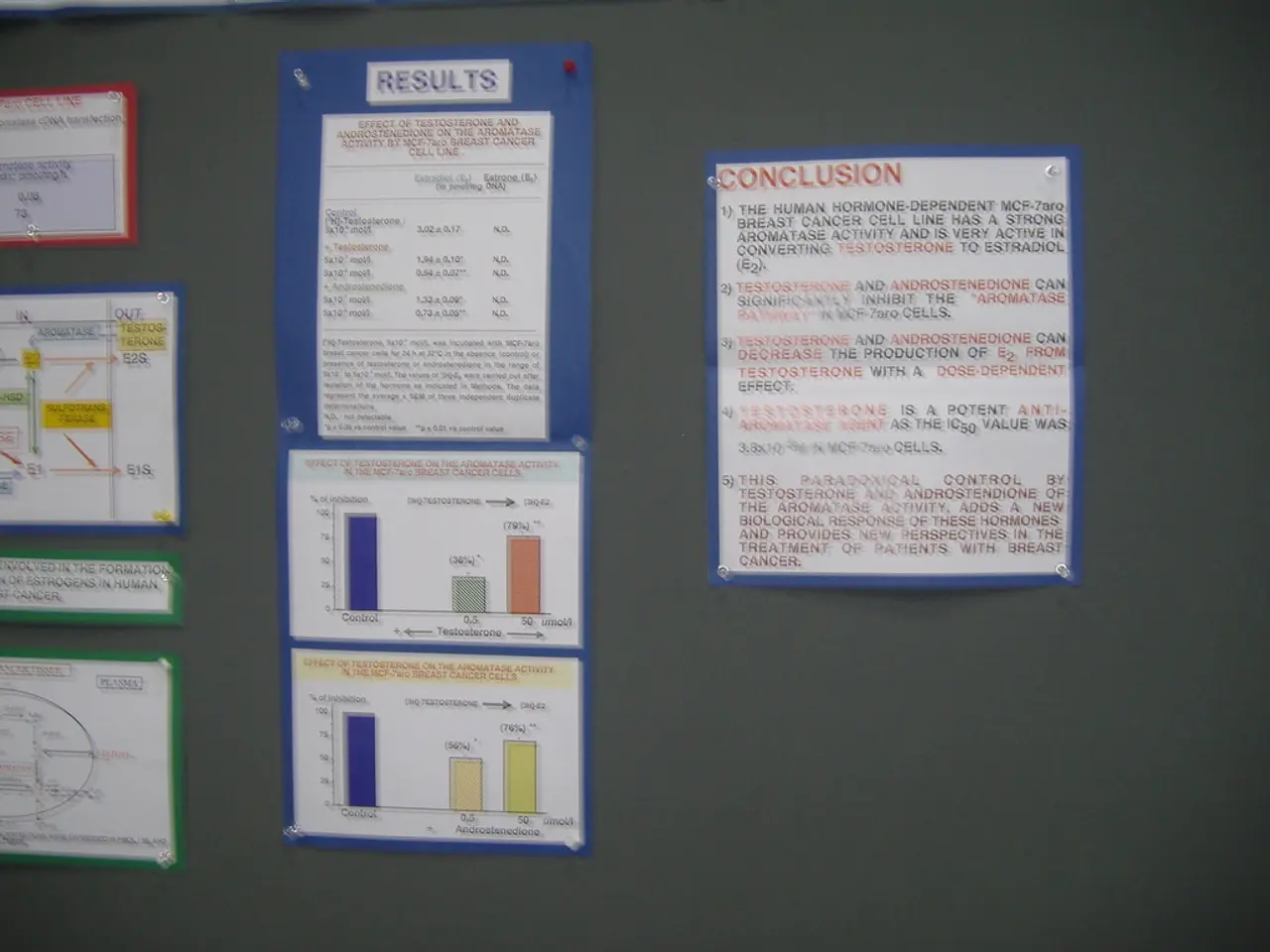Depression with Normal Functioning: Characteristics and Indicators
**Understanding High-Functioning Depression and Persistent Depressive Disorder**
Depression is a complex mental health issue that affects millions of people worldwide. While some may experience a sudden onset of symptoms, others may struggle with persistent depressive symptoms that can impact their daily lives for years.
**Persistent Depressive Disorder (PDD)** is a recognized chronic depressive disorder, as outlined in the Diagnostic and Statistical Manual of Mental Disorders, Fifth Edition (DSM-5). PDD, formerly known as dysthymia, is characterized by a depressed mood that persists for most of the day, more days than not, for at least two years (or one year in children and adolescents). Alongside this, individuals with PDD may experience other depressive symptoms such as poor appetite, fatigue, low self-esteem, and difficulty concentrating and making decisions.
On the other hand, **High-Functioning Depression** is not a recognized clinical diagnosis. It is an informal term used to describe individuals who experience depressive symptoms but are able to maintain their daily responsibilities and appear functional in their work, social, or family life. While these individuals may seem to be coping well on the surface, they may still experience significant distress and impairment.
The key differences between PDD and high-functioning depression lie in their official recognition, symptom duration, symptom severity, and functional impairment. PDD has specific diagnostic criteria, while high-functioning depression is a broader, more subjective term.
It is important to note that some individuals with PDD may be described as having high-functioning depression due to their ability to maintain their daily responsibilities despite ongoing depressive symptoms. However, high-functioning depression can also apply to various depressive conditions, including milder episodes of major depression.
Treatment for PDD may involve a combination of psychotherapy (talk therapy) and medication. Finding the right medication can require some trial and error, and individuals should speak openly with their healthcare provider about any side effects or reactions they have. In addition, various resources are available for those dealing with mental illness, such as the Substance Abuse and Mental Health Services Administration (SAMHSA), the Anxiety and Depression Association of America, and the Depression and Bipolar Support Alliance.
For those in crisis, immediate help is available. The National Suicide Prevention Lifeline (1-800-273-8255) offers support, and the Trevor Project Lifeline (1-866-488-7386) is available for LGBTQ+ youth. The Crisis Text Line (Text HOME to 741741) is another resource for those in need of immediate help.
In conclusion, while high-functioning depression is not a recognized clinical diagnosis, it is an important term to understand as it can help individuals recognize and seek help for their depressive symptoms. PDD, on the other hand, is a recognized chronic depressive disorder with specific diagnostic criteria. If you or someone you know is struggling with depression, it is essential to seek help from a healthcare provider.
[1] American Psychiatric Association. (2013). Diagnostic and Statistical Manual of Mental Disorders. 5th ed. Arlington, VA: American Psychiatric Publishing. [2] National Institute of Mental Health. (n.d.). Depression. Retrieved from
- Understanding the nuances between Persistent Depressive Disorder (PDD) and high-functioning depression is crucial in predictive science related to health-and-wellness and mental-health.
- While PDD has specific duration and symptom criteria, high-functioning depression often goes unnoticed due to the individual's ability to manage daily responsibilities and maintain a balanced facade.
- Cancer patients in the late stages may also experience forms of depression, which can be exacerbated by the physical and emotional challenges they face.
- Milder stages of depression can lead to feelings of dryness in the eyes, a condition known as macular degeneration, which is often associated with the aging process.
- The connection between HIV and depression is complex, with the stress of living with HIV contributing to increased risk of depression, and chronic depression affecting HIV treatment adherence.
- Breast cancer survivors who have gone through treatment may suffer from depression due to the changes in their lifestyle and body image, necessitating support for their mental health and wellness.
- The ongoing challenges of managing asthma can lead to feelings of isolation and depression, which could impact the patient's overall health and quality of life.
- AQ (Autism Quotient) scores may predict an increased risk of developing depression, as individuals with autism often struggle with social interaction and emotional regulation, making them more susceptible to mental health issues.




